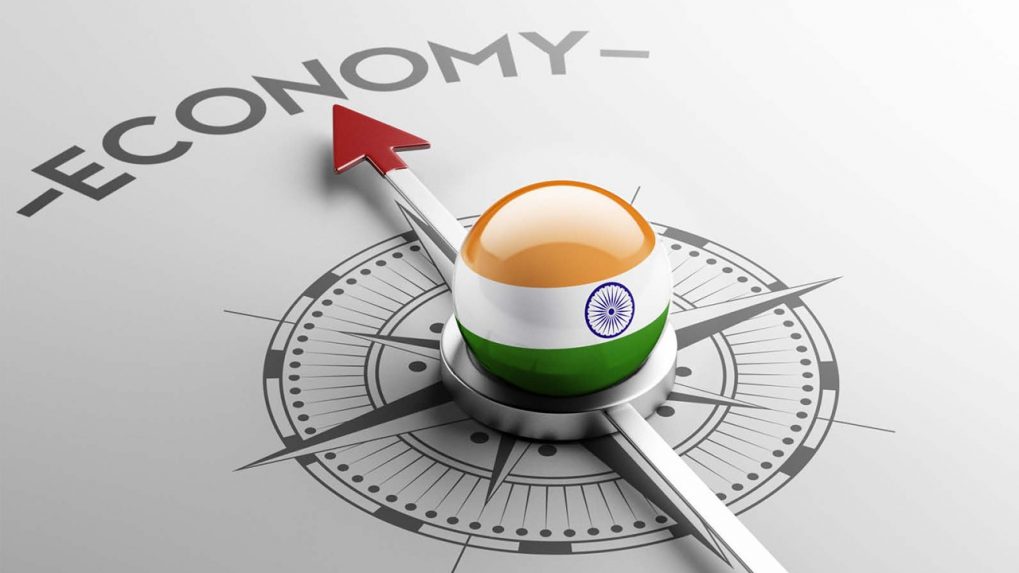- Courses
- GS Full Course 1 Year
- GS Full Course 2 Year
- GS Full Course 3 Year
- GS Full Course Till Selection
- Answer Alpha: Mains 2025 Mentorship
- MEP (Mains Enrichment Programme) Data, Facts
- Essay Target – 150+ Marks
- Online Program
- GS Recorded Course
- Polity
- Geography
- Economy
- Ancient, Medieval and Art & Culture AMAC
- Modern India, Post Independence & World History
- Environment
- Governance
- Science & Technology
- International Relations and Internal Security
- Disaster Management
- Ethics
- NCERT Current Affairs
- Indian Society and Social Issue
- NCERT- Science and Technology
- NCERT - Geography
- NCERT - Ancient History
- NCERT- World History
- NCERT Modern History
- CSAT
- 5 LAYERED ARJUNA Mentorship
- Public Administration Optional
- ABOUT US
- OUR TOPPERS
- TEST SERIES
- FREE STUDY MATERIAL
- VIDEOS
- CONTACT US
National Maritime Heritage Complex at Lothal, Gujarat
National Maritime Heritage Complex at Lothal, Gujarat
11-10-2024
- In Oct 2024, the Union Cabinet approved the development of the National Maritime Heritage Complex in Lothal, Gujarat.
- Aim: National Maritime Heritage Complex will act as a centre for learning and understanding India’s diverse maritime history showcase India’s 4,500-year-old maritime heritage.
- Nodal Authority: Ministry of Ports, Shipping, and Waterways.
- NMHC complex will have World’s Tallest Lighthouse Museum, Asia’s Biggest Under Water Marine Museum and India’s Grandest Naval Museum.
- The project will be completed under two phases:
- Phase 1A: Currently being implemented, with more than 60% progress achieved and expected to be completed by 2025.
- Phase 1B: Includes the construction of a Lighthouse Museum, which will be the tallest in the world. It will be funded by Directorate General of Lighthouses and Lightships (DGLL).
- The museum will consist of eight galleries, including Indian Navy & Coast Guard Gallery, showcasing external naval artifacts such as INS Nishank, a Sea Harrier aircraft, and a UH3 helicopter.
- A replica of Lothal township, featuring an open aquatic gallery and a jetty walkway.
- Phase 2: Coastal states and union territories will develop Coastal States Pavilions. Each pavilion will be managed by the respective coastal state or union territory.
IMPORTANT FACTS FOR PRELIMSIndia’s Maritime Heritage
What is Lothal?
|
Previous Year UPSC Prelims Question
Which one of the following ancient towns is well-known for its elaborate system of water harvesting and management by building a series of dams and channelising water into connected reservoirs? (UPSC Prelims 2021)
(a) Dholavira
(b) Kalibangan
(c) Rakhigarhi
(d) Ropar
Answer: (a) Dholavira
Practice Question: The proposed National Maritime Heritage Complex is being developed in:
(a) Machilipatnam
(b) Lothal
(c) Arikamedu
(d) Kolkata
Answer: (b) Lothal




